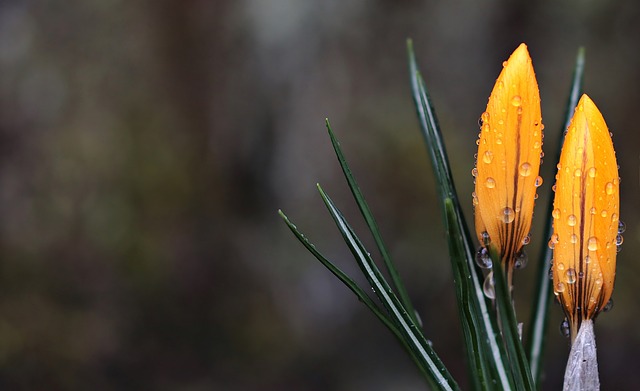Full Chorus
April 13, 2023

This week Spring took up its baton, tapped the musical score for attention and brought the full orchestra to life in a rousing and rising crescendo. The mornings and evenings were already building the past two weeks. The string section came to life yesterday.
The stage was set last week with the possibly last snow already receding when a night of booming thunderstorms unleashed driving rain. By morning. The ice that remained on the ponds in the nearby nature conservancy was covered in several inches of rain water. It was a strange effect if you stopped to consider the water underneath, a thinning layer of ice with another layer of water on top. When the daytime temperatures climbed into the 60’s the pond ice was doomed. Two days ago, it totally disintegrated. Literally in the morning the ice was there, but by mid-day the pond was ice-free and the water danced a jig as little wavelets sparkled in the afternoon sun. The rest of the day was silent in the marsh.
On the second day of ice-out, as the sun warmed and rose higher, the peeper frogs struck their lead in for the symphony of spring. The sound didn’t even seem to build. It seemed that at one moment the pond was silent, and the very next moment every frog in the marsh – a good scientific estimate is approximately 9 gazillion – broke into song. It is unlike any other spring sound. Even the goose song builds over weeks as each day more and more flight-weary geese descend, pitching this way and that on stiff cupped wings, finally gliding gracefully onto the pond. One can only surmise that the frogs somehow break out of the stupor of hibernation at the exact same moment, float up to the surface, breathe in their first breath since digging down into the mud on the pond bottom well before the first film of ice formed on an early December night, and exhale in song.
We spent the past two evenings listening to male woodcock, the soloists in this score, peent their raspy mating calls and then ascend twittering into a several hundred-foot climb straight up into the late evening sky, and then tumble in a twittering freefall; only to level off about fifteen feet up, settle onto the ground, and immediately begin calling again.
Small groups of pelicans, in synchronized flight offer their aerial ballet. Male goldfinches, are noticeably beginning to take on their bright yellow summer hues. The dance of the killdeer, though performed on the pond’s sandy shore is also eye-catching. The sandhill cranes are still bunched up; their bugling calls rise just before the day’s new sun.
Conspicuous in their absence are the great and the small alike. One, like a prophet of coming spring that I just wrote about last week, the trumpeter swans have for the most part left in the middle of the night, continuing their journey northward. The other, is a harbinger of winter. The juncos arrived here all at once last November, fleeing the heavier snows and colder days of the Canadian spruce forests. Just two days ago they swarmed my just-filled feeder. Yesterday I noticed that they were gone. They didn’t seem in any hurry to head north and seemed quite content to be neighborly to the songbirds that returned here over the last month or so, but finally they heard their summons and so they left – perhaps taking their cue from the swans. But they are not so much missing from here as they are now at home as should be.
Spiring will continue at this fever pitch for several more weeks, but this level of urgency is not sustainable. Then the cranes will pair off, and the geese as well and they will find a nest site of their own. Even the peepers will begin to sing only in the evenings and warm nights, and the day’s symphony will ease into the pace of the new season.
“The heavens tell of the glory of God; and their expanse declares the work of His hands. Day unto day pours forth speech, and night unto night reveals knowledge.”
Psalm 19:1-2
His Peace,
Deacon Dan
